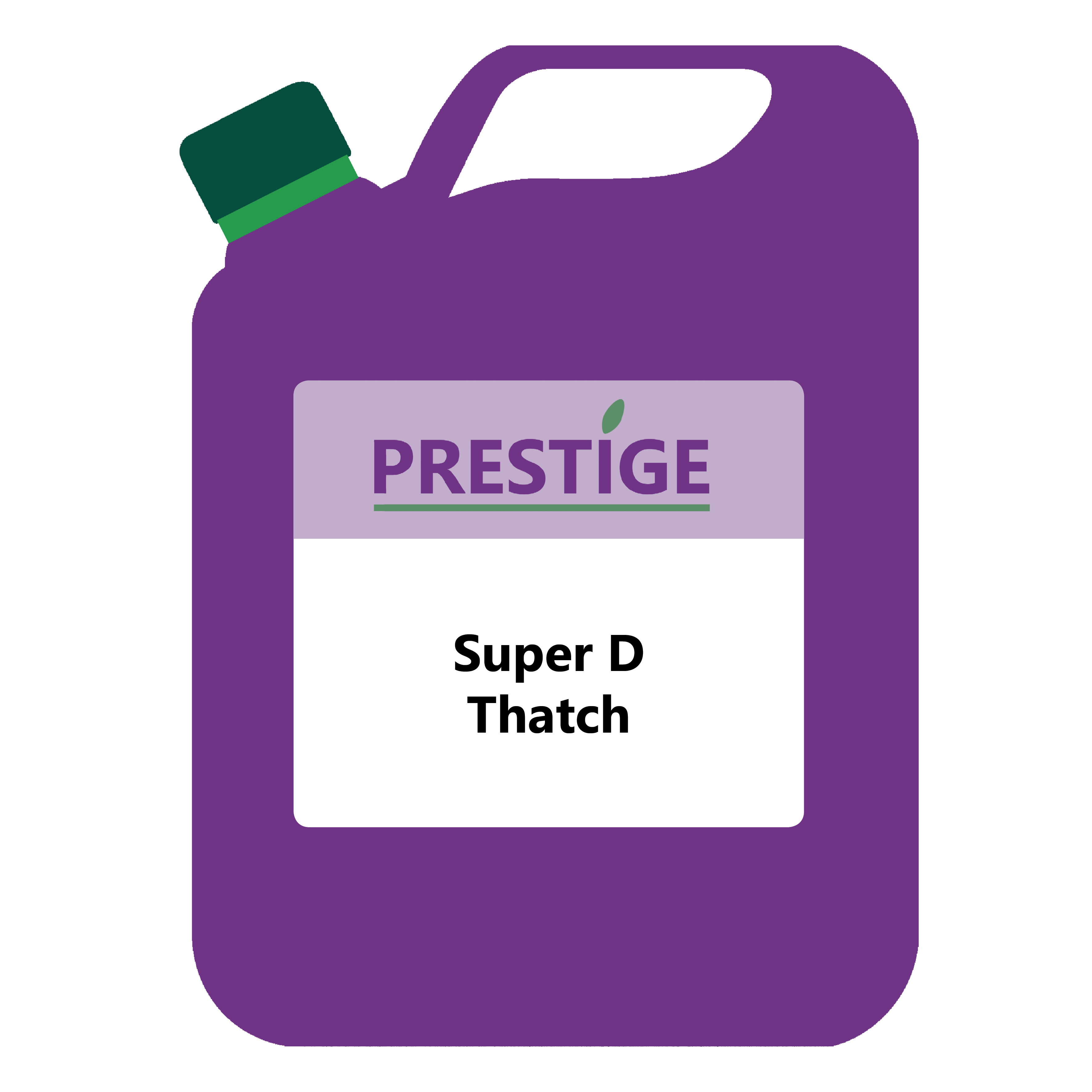Thatch Reduction and Spring Renovations
By Chris Humphrey MBPR FQA, Technical Manager
With all the mild wet weather over the winter the thatch levels in your turf are bound to have increased. I am often asked “how we are going to get rid of it?” The first step is to make an accurate assessment of exactly how much thatch you have and how dense it is. Is it loose new thatch that has recently built up or is it dense thatch that has been building slowly year after year and holding water? Take out a core and measure where your thatch is in the profile. Then give it a gentle squeeze and see how much water is trapped in it. Record the measurements and take photographs, these will be a great asset in the future to check on your progress of thatch reduction.
There is no easy answer to thatch reduction, it all comes down to 3 things:
- Mechanical removal.
- Active bacterial breakdown
- Future prevention practices
Mechanical Removal
The mechanical removal of thatch is quick and very rewarding for the greenkeeper but often not so for the sportsman as it interferes with play, takes some time for the turf to recover and is aesthetically not pretty.
Mechanical methods can be:
- Deep scarifying
- Scarifying
- Tining
- Hollow coring
Note: Mechanical operations can only remove a certain amount of thatch with each operation.

Active Bacterial Breakdown
I was once told by a soil scientist “There are more bacteria in a handful of soil than there are people in the world, so why would you want to add any more?” What is important is to keep the native bacteria that are already in your soil happy. Bacteria need air, water and some organic matter to break down (“food”). It is easy for us to add the water and the air. For the food, you can help the bacteria immensely with a programmed application of Prestige Super D-Thatch. The simple plant sugars in Super D Thatch provide the microbes with a readily available food source, rapidly increasing their population and activity.

After an application of Super D Thatch the plant roots exude carbohydrates. This provides an energy source for the mycorrhizal fungi and rhizosphere bacteria that live in a close, mutually beneficial relationship with the plant. In exchange for an energy supply the mycorrhizal fungi provide the plant with a supply of nitrate and phosphate. This symbiotic relationship is essential for a healthy sward. The plant sugars are rapidly absorbed and assimilated by the plant cells providing an immediate energy source. Enzymes in the product degrade the thatch directly breaking it down into smaller molecules which the microbes can then digest.
Cold-water extracted plant growth hormones and betaines in Super D Thatch help the plant with increased rooting and vigour. These growth promoting hormones combined with the simple plant sugars help to improve seed establishment. It is not magic in a bottle but used correctly in a programme starting in spring it is a really beneficial addition to a mechanical removal plan.
Future Prevention Practices
Thatch prevention is not as easy as it would first appear. You need to keep an eye on your soil pH, not too low or too high. Bacteria perform best between pH6 & pH7. Do not over feed, too much nitrogen will give an abundance of lush top growth which will quickly turn into more thatch. Too little or the wrong nutrition will give you poor weak growth that will also degrade quickly and add to the thatch layer. Get a bespoke nutritional programme from a FACTS Qualified Advisor. Thatch is made up of decaying plant material which has a high level of lignin that was there to maintain cell wall strength, but once degraded in thatch the natural water-repellency of the lignin can bring on localised dry patch. The use of the correct surfactants and water management products is very important, again, your FACTS Qualified Advisor can help.
Once you have carried out your mechanical thatch reduction and over seeded, you will need to bring back the surface as fast as you can but with a healthy, sustainable sward and not just more lush top growth. Use of organic fertilisers or organic based fertilisers can give steady spring growth once temperatures are up to or near double figures in centigrade. Use fertilisers such as the organic based Vitax Enhance R which contains amino acids that are specifically for root development and a Bacillus Subtillis for resistance to pathogen attack, or Prestige Super Establisher with Mycorrhizal fungi and Humic acid to help roots develop and naturally spread deeper through the rootzone.